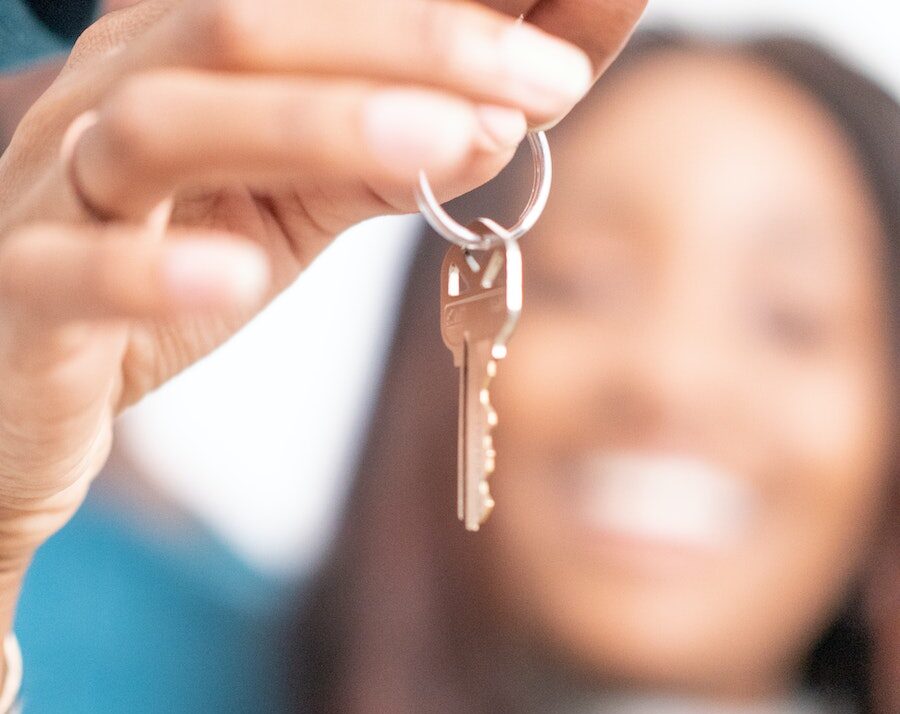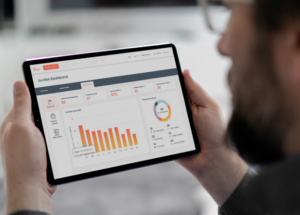Real estate investment can be a lucrative way to build wealth, but the upfront costs can be a barrier for many investors. But they don’t have to be — and that’s why the BRRRR real estate investment strategy has become so popular.
BRRRR, which stands for buy, rehab, rent, refinance, and repeat, allows real estate investors to build a portfolio of income-generating properties while minimizing the initial investment and maximizing returns over time.
Whether you’re brand new to the game or have been in it for some time, major developments in the housing market have impacted the ways that real estate investors can make the most of this strategy.
But we’ve got some helpful tips to help you navigate the market challenges and make BRRRR work for you. Let’s start with a quick overview of how the BRRRR method works, the benefits of the strategy, and then dive into the four most important things to know about it today.
How does the BRRRR method work?
In order to understand what makes the BRRRR investment strategy unique, it’s helpful to compare it to other strategies.
When real estate investors look to add rental properties to their portfolio, they often buy a property and finance it with cash, specialty loans, or other financing options. From there, they’ll spend money on whatever basic repairs might be needed and then rent the property out to generate passive income.
The downside? If investors hold onto the property, the money they put down and the money they spent to fix it up for renting gets stuck in the deal, and they can’t use that capital to buy more real estate.
That’s where the BRRRR method comes in. Investors locate and purchase an underpriced property, add value to the home through rehab, rent the renovated property out to generate cash flow, refinance to pull out the earned equity, and then repeat the process with the next property.
What are the benefits of the BRRRR method for real estate?
As a strategy that combines approaches from both buy and hold and fix and flip, the BRRRR method offers quite a few benefits to real estate investors looking to expand their portfolio, especially those who want to move quickly and with less overall money out of pocket.
The BRRRR method focuses on discounted properties.
The cornerstone of this strategy hinges on finding distressed properties with lower purchase prices. These properties typically need a significant amount of rehab and repair, but the lower price of entry provides a buffer against loss and increases the potential for a higher return on investment.
Plus, the repairs and renovations can add significant value to the property over time, giving investors additional equity that they can leverage to further expand their holdings.
BRRRR properties generate a passive income stream.
BRRRR properties generate a consistent stream of income for investors through rentals, much like properties in a buy and hold scenario. This income can be used to cover ongoing costs on the property, such as maintenance, property management, mortgage payment, taxes, and more.
Rental income can even cover things like renovations or maintenance on additional properties. But it can also be reinvested in the purchase of additional properties to help grow the investor’s portfolio.
The BRRRR strategy lets real estate investors scale fast.
Refinancing existing properties and repeating the buy, rehab, and rent cycle is what makes BRRRR a great investment strategy for those who want to grow their real estate portfolio quickly.
Refinancing helps real estate investors build equity that can be used to purchase new properties. These properties in turn generate more even more passive income and can then also be refinanced to purchase additional properties. This cycle allows someone who might not have a huge savings account or other sources of funding to scale a larger portfolio much faster.
Top tips for investing in real estate using the BRRRR method
The real key to success for BRRRR is in the first step: investors have to find great deals to make the strategy work. Let’s discuss deal-finding a bit further as we look at the four most important things that real estate investors need to know about this approach today.
1. A successful BRRRR strategy comes down to finding a deal.
What does a great deal look like? That depends on the real estate market you’re shopping in. Determining whether a property will generate good return on investment requires careful analyzation of recent transactions in that area, rental market trends, neighborhood characteristics, employment outlook, and more.
Becoming a deal-finding pro starts with learning what makes for great deals, and then honing your strategy for tracking them down. Taking your search off of MLS is a must, as is establishing a technique that works for you and implementing it consistently. That’s why auctions can be a great resource for properties in a BRRRR strategy.
Financing is another consideration for analyzing a deal. Different options result in different acquisition and holding costs, as well as how much upfront capital will be needed.
Most experienced BRRRR investors never spend more than 70-75% of a property’s value after repair, or the price they believe the property will appraise for once it’s been rehabbed. Paying too much for a property leaves very little room to recover from unexpected problems.
2. Changing interest rates necessitate flexibility.
As mortgage interest rates rise, executing the BRRRR strategy successfully can be more difficult. For many investors in today’s market, the interest rate they were given when they bought the property is lower than the interest rate they would refinance into.
When this happens, profit can take a huge hit. So, what’s the workaround? Now more than ever, it’s crucial to buy properties at a better-than-best price, which requires searching deeper and negotiating harder.
Seek out an expert agent or lender who can help you forecast the potential appraisal value, and then look for opportunities to add maximum value to a property — like dramatically increasing the square footage of a home or adding a new roof. These are things experienced investors do on every deal, but they’re even more vital for BRRRR.
3. Consider the seasoning-period variable for BRRRR properties.
The seasoning period for a loan is the length of time that the lender requires a buyer to hold a property before they can access the equity through refinance. Formerly, you could do a cash-out refinance on a conventional loan after holding it for six months.
Not anymore, unfortunately. In March of 2023, Fannie Mae and Freddie Mac adopted a new rule that requires a loan to be held for a full year before it is “seasoned.”In short, your rehabbed investment property can’t be refinanced at its newly appraised value until 12 months after the purchase. Early investors will be challenged by this change, as this has the potential to double interest holding costs and put a big dent in your profit. Funding your deal with cash, an FHA loan, or a non-qualified-mortgage loan may allow you to refinance sooner.
Experienced investors most likely won’t be affected by this because conventional loans are no longer an option once your portfolio has more than 10 properties. Do thorough research and crunch the numbers on the pros and cons of any loan you’re considering, and you can make it work for your circumstances.
4. The “1% Rule” is more of a guideline.
The 1% rule is a common metric used to evaluate whether a property will make a good BRRRR investment. This rule requires that a property rent for 1% of what it cost in order for it to be a good deal. For example, if the total purchase price of a house is $300,000 — including renovations and repairs — it should be able to rent for $3,000 per month.
But looking exclusively at this ratio reveals only part of the picture. There are other variables in the mix, such as HOA fees and property taxes, that also need to be considered.
It’s also important to remember that rent and purchase price aren’t always in sync with each other. The more expensive a property is, the less likely it is that the 1% rule would be applicable. In general it serves as a solid preliminary screening tool to aid you in analyzing whether a property is a good deal, but it shouldn’t be the ultimate deciding factor.
The BRRRR strategy of investing in real estate has the potential for a fantastic return on investment and is a robust method for scaling a real estate investment business. What’s more, the experience earned with each BRRRR is invaluable — you gain intricate knowledge of construction, design, the market, and managing properties.
Curious if BRRRR is the right strategy for you? Learn more about other investment methods like buy and hold and fix and flip to help you figure out the right investment mix for your real estate portfolio.
Browse Xome’s auction inventory and homes for sale now and find your perfect property.
NO INVESTMENT ADVICE
The above content is for informational purposes only. You should not construe any such content or other material as legal, tax, investment, financial or other advice.







